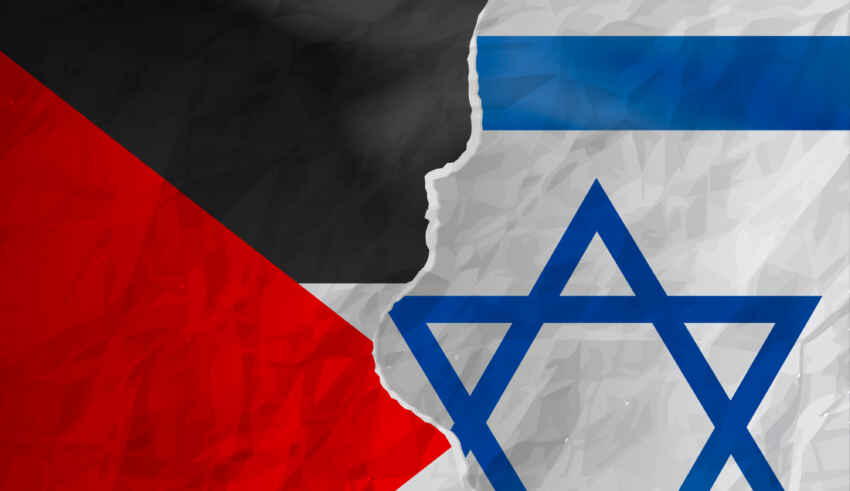
A first important development to note is that on Wednesday the 20th of December 2023 Hamas’ leader Ismail Haniyeh made his first visit to Egypt in over a month in what is a rare personal involvement in diplomatic efforts. The visit coincided with intensive talks on a potential new ceasefire to facilitate aid delivery to Gaza and the release of additional hostages. Haniyeh, typically based in Qatar, engages publicly in diplomacy when progress seems likely. His last visit to Egypt was in early November, preceding the announcement of the only ceasefire in the ongoing Gaza war.
Negotiations focused on identifying which hostages held by Palestinians Islamist militants in Gaza could be freed in a new truce. Similarly, discussions also seem to have touched on the potential release of prisoners by Israel. However, regardless of these talks, the parties’ positions remain contrasting. Whilst Hamas wants a complete ceasefire, Israel’s Prime Minister is still adamant that the war could only end with the eradication of Hamas, the freeing of all hostages and when Gaza does not pose a threat to Israel. In fact, on the same day he stated: “whoever thinks we will stop is detached from reality…All Hamas terrorists, from the first to the last, are dead men walking”.
Nonetheless, the pressure on Israel from its Western allies is growing. The West is asking Israel to curb its military actions in Gaza. The US, Israel’s closest ally, has called on Israel to move away from its current all-out war strategy to rather focus on a more specific campaign against Hamas. Biden specifically has called for the stop of “indiscriminate bombing”, which, as widely reported, is causing huge civilian casualties and broad destruction that is going to be difficult to address once the war is over.
Another factor to consider, is the evolving complexity of the conflict. As we have seen in recent days, other groups are escalating their attacks against Israel, thus making the conflict wider and more nuanced. Yemen’s Houthi forces have been firing missiles and drones at commercial shipping in the Red Sea. This prompted the US to establish a multinational force to counter these attacks. In response, Houthis’ leader threatened to strike US warships if targeted by Washington. This development, which is likely to involve other groups in the “axe of resistance” in the future, does not only escalate direct attacks between the parties officially involved in the war but also has ramifications for all other countries. Especially when such strategic sites are targeted.
Meanwhile, inside Gaza, after the last truce was ended, the war has escalated, with ground combat now spread across the territory, rather than being focused on the norther half of the Gaza strip. International aid groups keep warning of a humanitarian catastrophe, with 90% of Gaza’s population displaced, facing shortages of clean water and medical care. Given the volatile situation in the Middle East and the lack of consensus on the horizon, predicting Gaza’s future is challenging. Various options have, however, been considered. These range from the quite unpopular Palestinian Authority reassuming control, Arab Gulf countries funding reconstruction efforts with international peacekeeping oversight, to the controversial proposal of displacing Palestinians to Egypt or other countries. Israel on its part sends contradicting messages, with some Israeli officials expressing no desire to govern Gaza, while others propose creating a heavily fortified “buffer zone.” Far-right Israeli politicians have advocated for mass displacement of Palestinians, but Egypt opposes such plans, and the U.S. has pushed back on forced relocation ideas. Notwithstanding this, the power imbalances between Israel and Hamas means the former will probably have a significant role in determining Gaza’s future, even after the conflict.
Another important factor that will contribute to determining Gaza’s future is reconstruction. Given the extent of the destruction, it is extremely difficult to estimate the costs and the time needed for reconstruction. Nonetheless it can be predicted that whoever is most involved in the reconstruction will have a say on the future of Gaza. Foreseeably, Wealthy Arab Gulf nations would be called upon for rebuilding. However, it may be the case that concerns about recurrent conflicts may limit their willingness to invest in reconstruction. If it was to be so, humanitarian organisations and UN agencies would be left to provide basic necessities to the affected population, but with limited means to rebuild to the extent needed for a better future in Gaza. To conclude, as the war escalates and becomes more complex, the only certainty is the destruction and unnecessary waste of life taking place in Gaza, whilst its future remains in the hands of players who will most likely wait around to see what option best aligns with their own interests.
By The European Institute for International Law and International Relations












